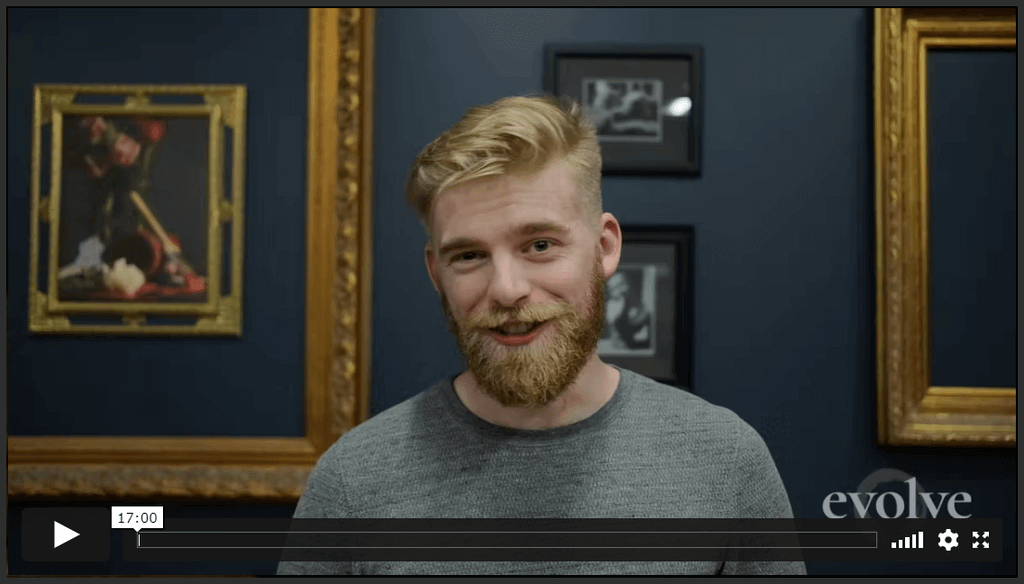Three Tips To Becoming a productive and Efficient Artist
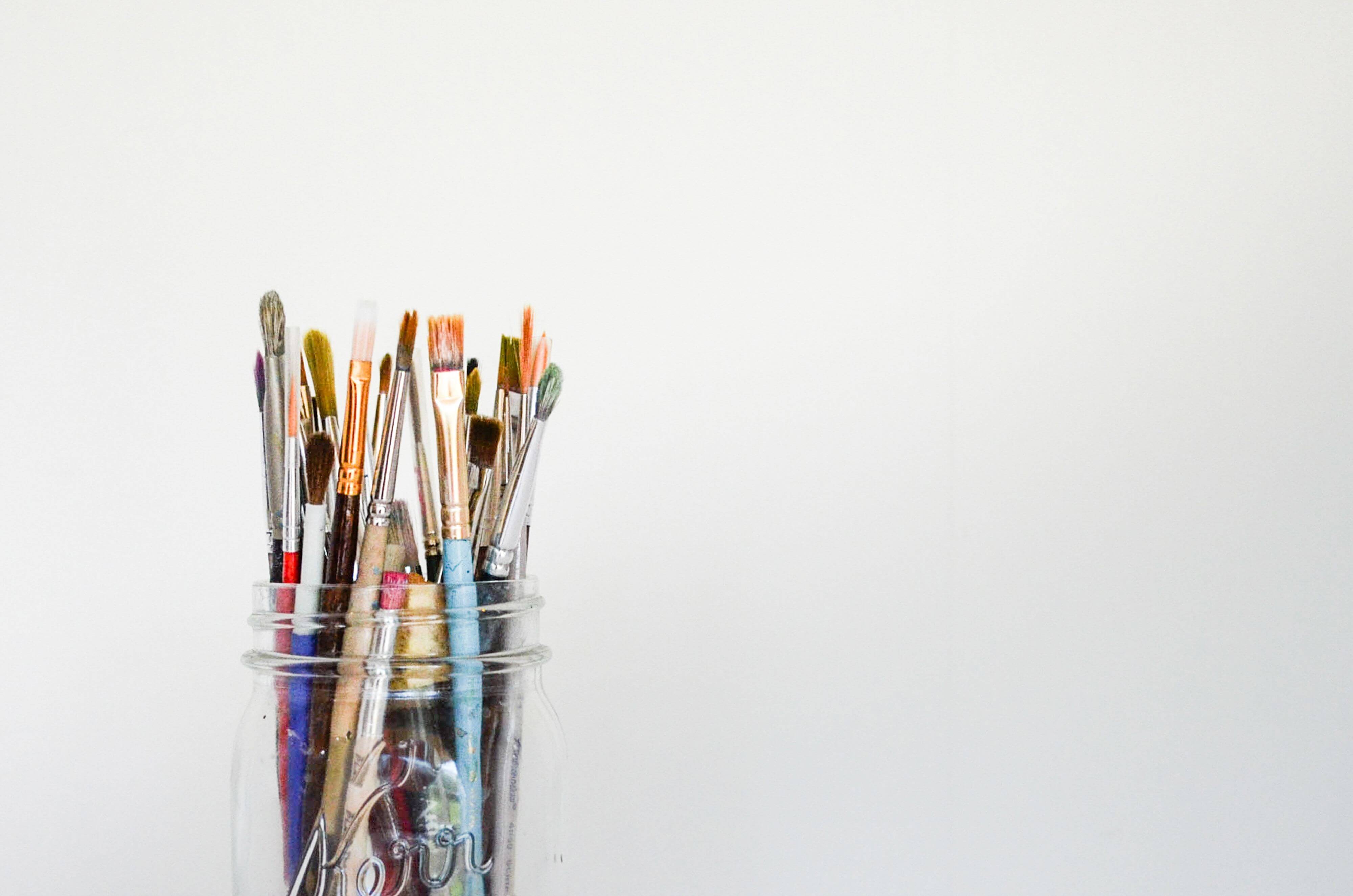
Having a hard time being efficient and productive as an artist? Combat this and make better art with these three tips to boost your artistic efficiency. (Photo by Debby Hudson on Unsplash)
More...
Making quality art can take time, but have you ever found yourself wishing you could become a more productive artist in your painting process?
Some artists may challenge the idea that efficiency has a place in the creative world. However, artists who wish to sell work regularly understand the need for productivity in their studio.
Whether in finishing a painting, starting a painting, or making better work, productivity has a place in art. There are three key principles to becoming a more productive artist. By following these steps, you can streamline your work process, avoid unnecessary mistakes, and become more efficient in your artistic practice.
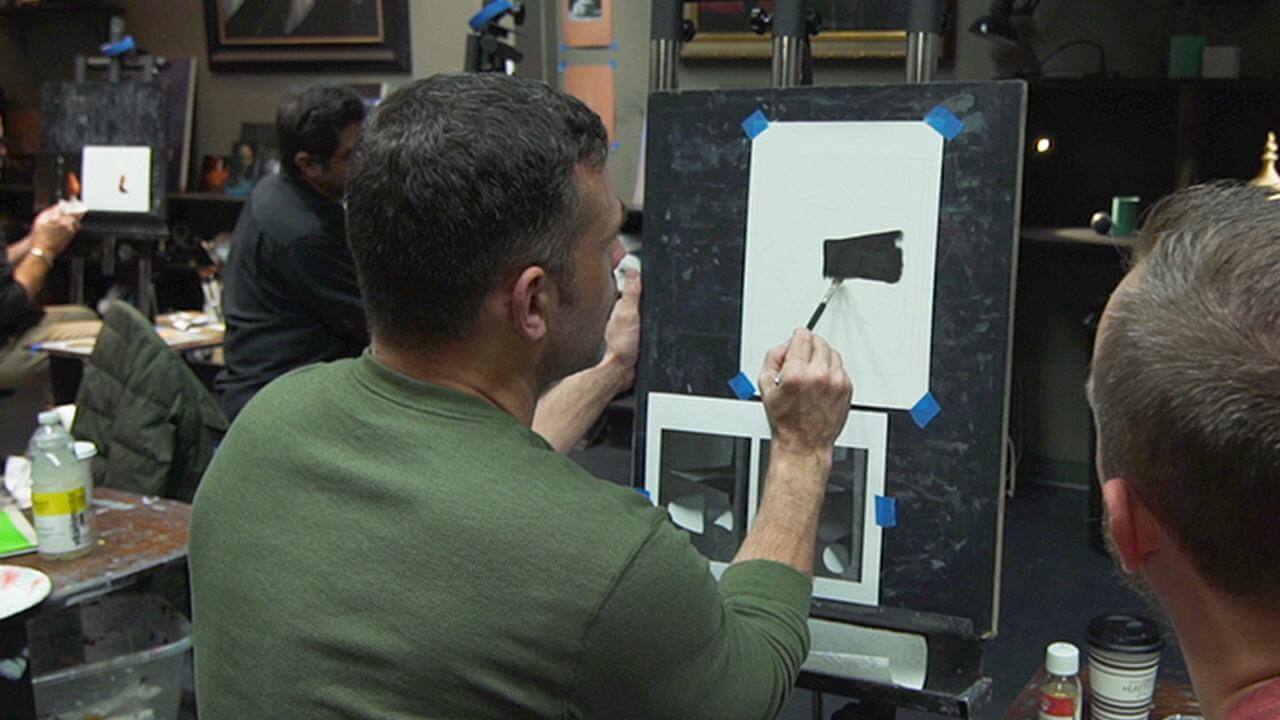
The first step to becoming more efficient in your art making is to ensure you have the right person teaching you. Here, Kevin teaches students at an Evolve conference.
Knowledge
The starting point for becoming an efficient and productive artist is the right knowledge. The more you know and learn, the less you will fumble and falter.
Knowledge comes in pieces. Most beginning artists will make mistakes and be far less efficient at the beginning of their education than in the middle or at the end. This is why having a clear educational course remains crucial to becoming an efficient and effective artist.
If you try to teach yourself, the time it will take to reach your goals will be much longer than if a teacher were to come alongside you and guide to where you want to be.
Mistakes are a part of learning, but wandering aimlessly through your education will prove the least productive way to make art. You may learn some things, but the time wasted faltering without guidance can never be regained.
The first step to becoming a productive, efficient artist is to ensure that you gain the right knowledge to move forward with confidence.
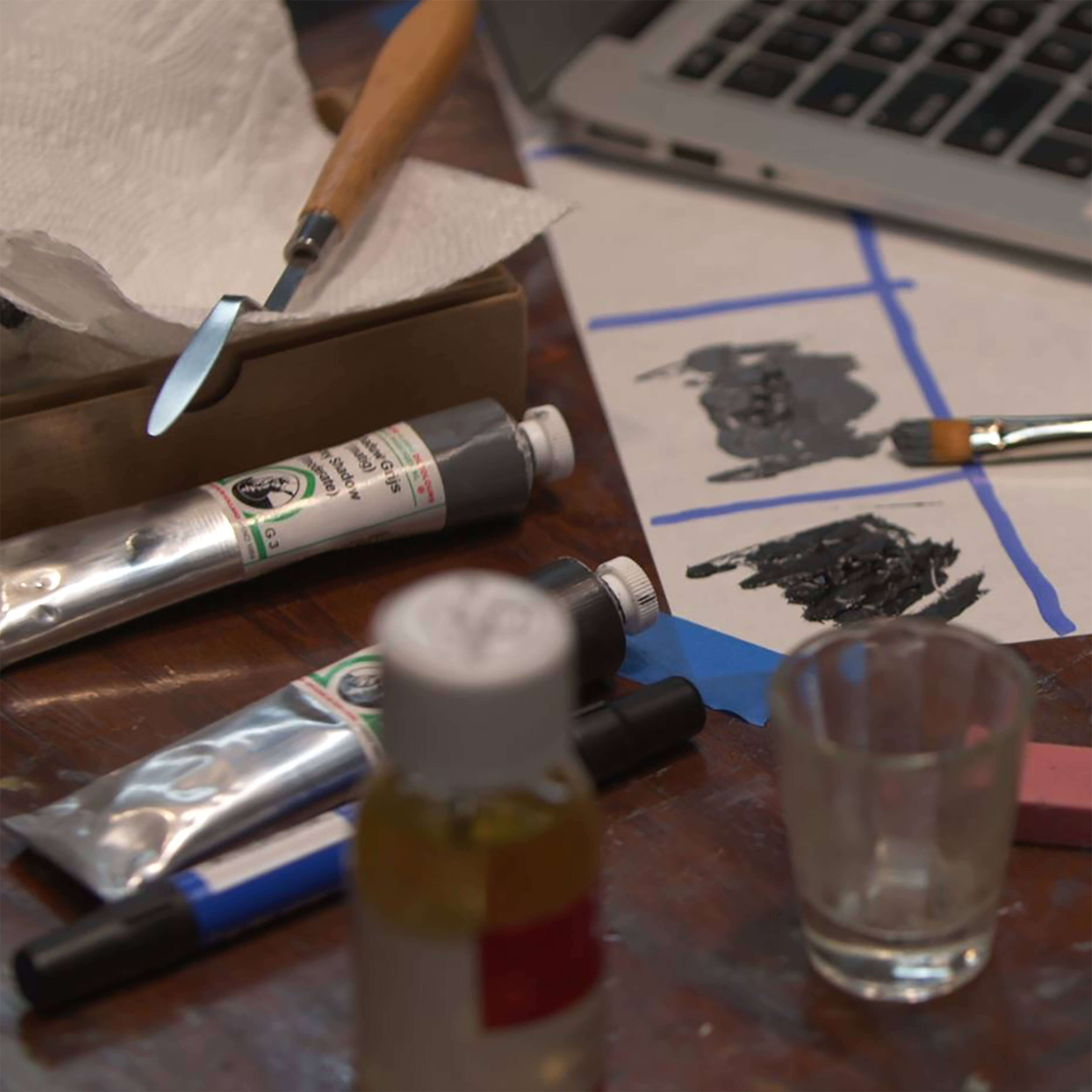
In order to be a productive artist, you need to have a game plan.
Intention
Intent is another vastly important part of becoming a productive artist. Having intent and making a game plan for your artwork will determine how efficient you will be.
If you jump into a painting with no idea of where you want to go with the piece and no plan, you will end up having to figure it out while you work. So as the painting progresses, you will take steps that you, in the process, realize are not right, and you will have to back out of them. Corrective work in the drawing and painting process piles up quickly.
Suddenly, something that should have taken 10 minutes, now takes an hour to correct. And once corrected, you realize that something else looks incorrect compared to the area you’ve just spent an hour on. And the downward spiral continues.
Playing catch up in a painting can become infuriating. Having a game plan right from the beginning can provide a simple solution. Sit down and distinguish between your lights and shadows, understand the values in the painting, and plan through the process by which you will approach the day’s work.
Understanding the relationships happening in your painting will help you to make a game plan as you approach it. Considering how your lights and shadows will interact and affect each other will help you to know how dark or light an area needs to be. Intent helps you to make a game plan based on the things that you know, understand, and have already worked with.
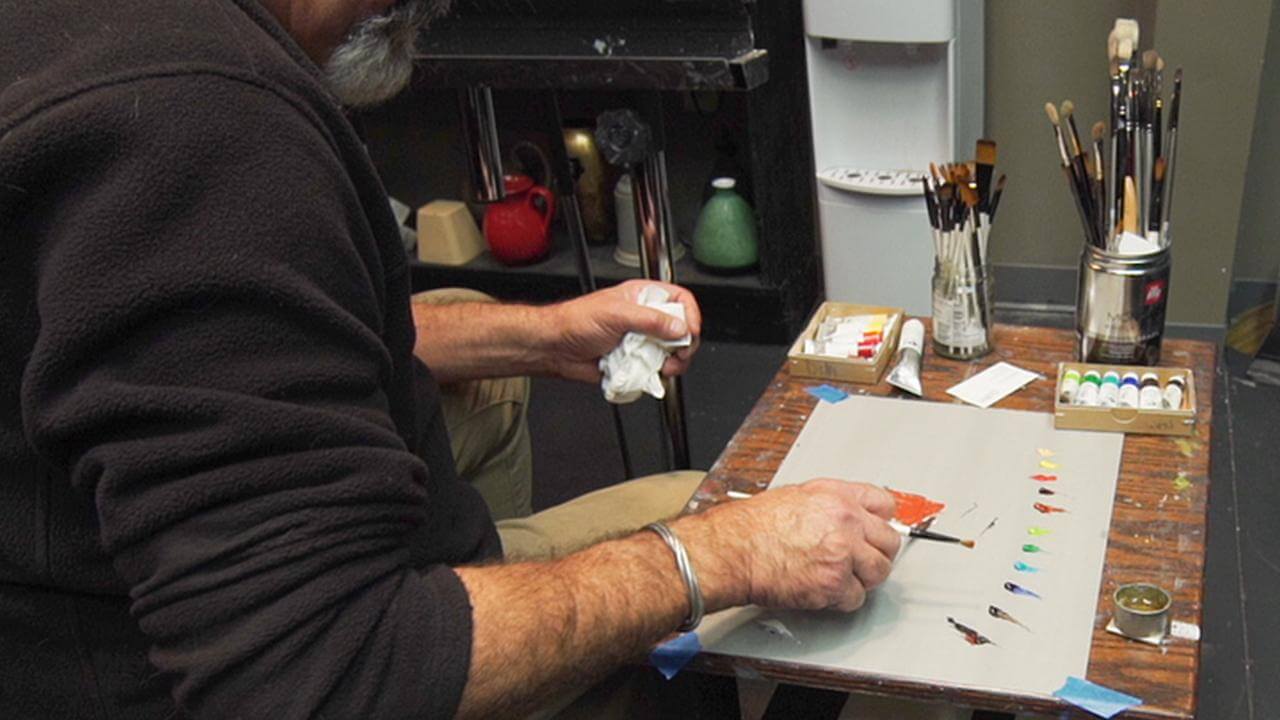
Working at the right pace is crucial. Are you rushing to get through your painting or does your workflow feel like a calm walk?
Pace
An efficient painter is not always a fast painter. If you rush as you work, trying to be efficient, you run the risk of becoming ineffective by making mistakes. Making mistakes due to rushing means that you will have to fix something again. However, fixing things can take 10 times longer than doing it intentionally and carefully the first time.
Let’s say you approach an area in your painting that should take 20 minutes with your skill set, but you do it in 10 because you start to rush. However, when you step back, you can see that you now need to readdress it. And if it takes 10 times as long to correct it, you now have several hours of work to readdress and correct this small area. So by shaving off ten minutes, you’ve added two hours to your painting process.
Working at the right pace for yourself and not rushing will truly streamline your process. Now being patient doesn’t mean being slow. It simply means that you are intentional as you work, placing everything correctly, to the best of your ability, the first time around.
[Move] at the pace that allows you to do what you need to do correctly.
Being patient means moving at the pace that allows you to do what you need to do correctly. We all know the moment when we begin to rush. The marks that are going down don’t look just right, but perhaps we can fix them later. This lack of self-control will destroy your efficiency as an artist.
Work at a pace that allows you to control the number of mistakes you make. You will always make mistakes as a painter, but if you could make three versus ten due to rushing, your productivity will rise. Paint at a pace that feels relaxed, not rushed. This will always help your work.
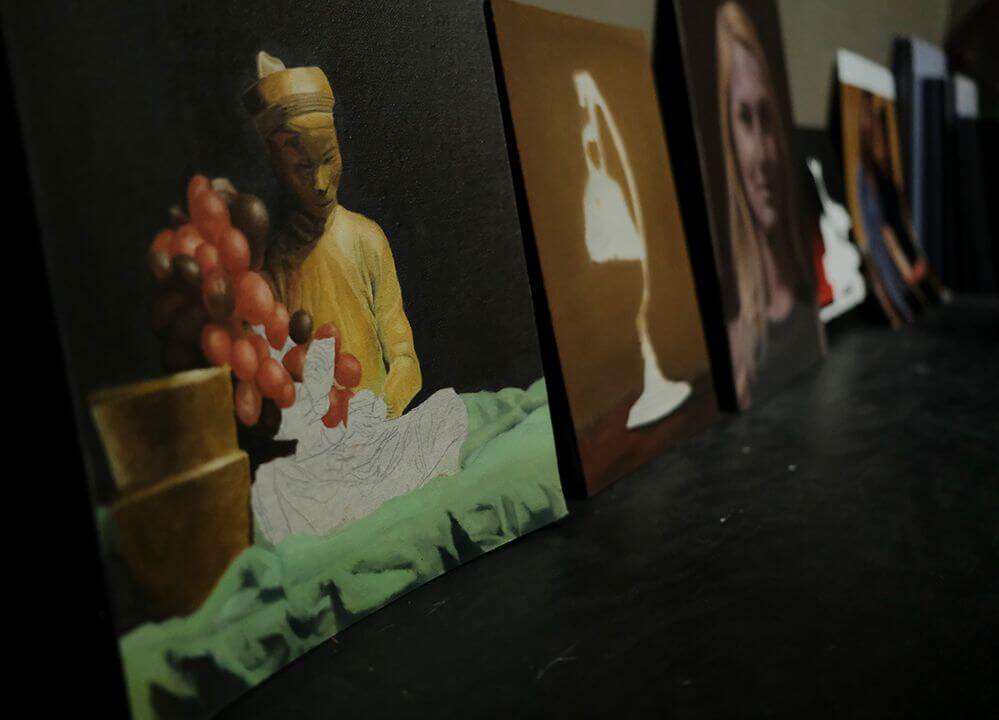
By having a plan, learning constantly, and moving at an appropriate pace, you can conquer any painting and become an efficient artist!
Conclusion
Knowledge, intent, and pace will streamline your painting process and help you to become a productive artist. Setting intentions for your painting means having a plan to get to the end goal. So having knowledge, intention, and then being patient will always bring you to where you want your painting to be.
At first, it might look like you paint slowly. However, because you aren’t going back and fixing things, the painting becomes a linear process from beginning to end, rather than circling back to fix mistakes.
So this is what really what makes an artist efficient; a plan with a process attached to it. Knowing where you're going, and then working at the right pace to ensure you get there.


